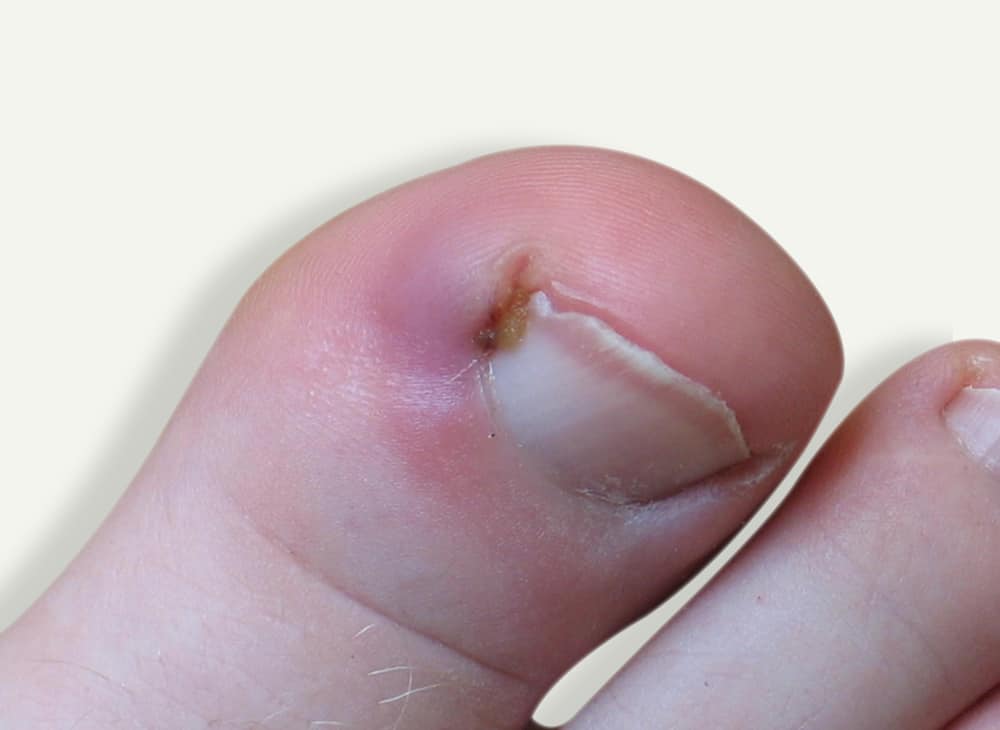Project Description


Ingrown Toenail
An ingrown toenail occurs when the edge of your toenail grows down and cuts into the surrounding skin. Your big toes are most likely to be affected. Ingrown toenails can occur on just one, or both, sides of your toe.
Ingrown toenails are fairly common, particularly in teenagers and young adults. They can cause a great deal of pain and discomfort and can become infected if not treated.
What causes ingrown toenails?
There are several things that can cause, or contribute to, an ingrown toenail:
- Wearing ill fitting shoes. If your shoes are too tight they can force the skin surrounding your toenail against the nail.
- Cutting your toenails incorrectly. Cutting your nails too short and into a curved shape can make them more likely to grow into your skin.
- An injury to your toenail. An injury can leave your toenail deformed, making it more likely to grow into your skin.
- Fungal nail infections can thicken and distort your toenails. This can make them more likely to become ingrown.
- If you’re very sporty or active, you’re more likely to get an ingrown toenail. This is because your feet will sweat more, making your skin softer and easier for your nails to grow into.
- Ingrown Toenails can often be hereditary.
How can we help?
Ingrown toenail management can be carried out by your Podiatrist. If your ingrown toenail isn’t too severe, it can usually be trimmed by your podiatrist. He or she will lift the edge of your nail and cut away the ingrown section. If you’re waiting for treatment from your podiatrist, you can relieve the pain and discomfort in the meantime by bathing your foot in warm, salty water. This will help to reduce the inflammation and prevent your nail from becoming infected.
If your Ingrown Toenail is severe you may need a small surgical procedure to remove part of, or the whole of the toenail. Nail Surgery can be carried out at Davenport House Clinic and in most cases you will be on your way home in less than an hour.
